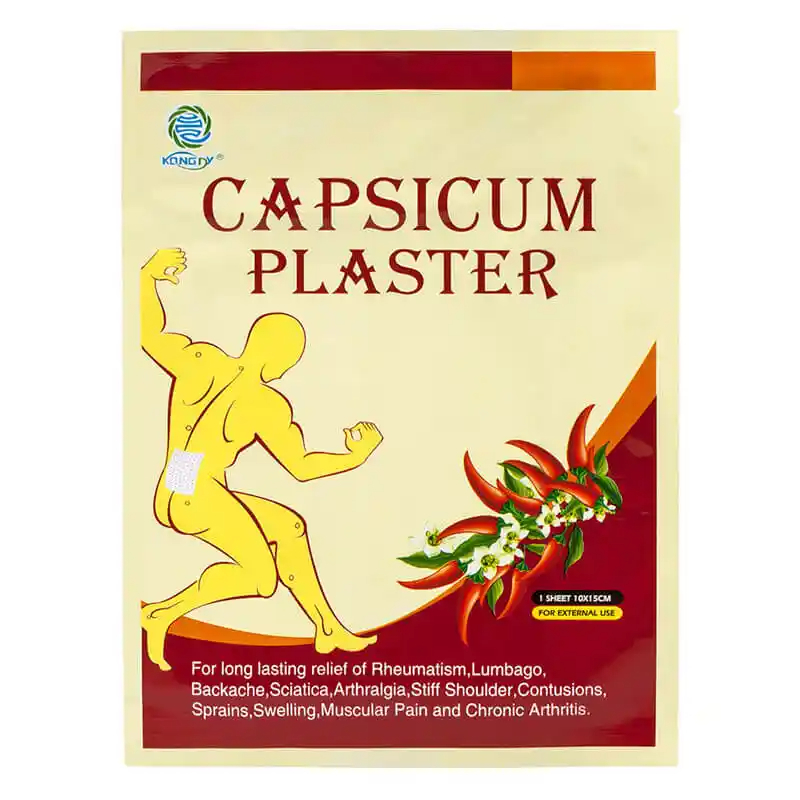Author:Kangdi 12-12-2023
Capsicum plaster, also known as "red pepper plaster" or "cayenne plaster," is a traditional herbal medicine commonly used in Chinese and other Asian cultures for its alleged pain-relieving and circulation-boosting properties. The main active ingredients in capsicum plaster are capsaicinoids, which are responsible for its pungent taste and unique pharmacological properties.
Capsaicinoids are a group of compounds found mainly in the fruit of the capsicum plant, which includes species such as the habanero, jalapeno, and cayenne peppers. These compounds are responsible for the spicy, hot taste of peppers and have a wide range of physiological effects.
One of the main capsaicinoids is capsaicin, which is the most studied and well-known member of this group. Capsaicin acts primarily on the transient receptor potential vanilloid 1 (TRPV1) receptor, also known as the capsaicin receptor. This receptor is found on sensory nerve fibers and is responsible for detecting heat, pain, and irritation.
When capsaicin binds to the TRPV1 receptor, it stimulates a cascade of physiological responses that result in a decrease in pain perception and an increase in local blood flow. This mechanism is thought to underlie the pain-relieving and circulation-boosting properties of capsicum plaster.
In addition to capsaicin, capsicum plaster may contain other pharmacologically active ingredients such as alkaloids, flavonoids, and volatile oils. These compounds may contribute to the overall therapeutic effect of the plaster by interacting with multiple physiological systems in the body.
The use of capsicum plaster has been mainly anecdotal in traditional medicine, with little scientific evidence to support its claims. However, recent studies have begun to investigate the pharmacological activities of capsaicinoids in detail, providing a scientific basis for their potential therapeutic applications.
For example, capsaicin has been shown to have anti-inflammatory and analgesic effects in animal models of pain. It also has been found to enhance local blood flow and potentially increase oxygenation of tissues. These properties suggest that capsicum plaster may be useful for treating various conditions such as musculoskeletal pain, neuralgia, and peripheral vascular disease.
It should be noted that capsaicinoids can have irritant properties and may not be suitable for everyone. In some cases, they may cause skin irritation or sensitivity reactions in sensitive individuals. Therefore, it is important to use capsicum plaster under the guidance of a healthcare practitioner or doctor if you are considering using it for medicinal purposes.
In conclusion, capsicum plaster is a traditional herbal medicine with a rich history of use in Asian cultures. Its main active ingredients, capsaicinoids, act on the TRPV1 receptor to produce a range of physiological effects that result in pain relief and improved circulation. However, more scientific research is needed to fully understand the pharmacological activities of capsaicinoids and their potential therapeutic applications.
 0086 19937104978
0086 19937104978





